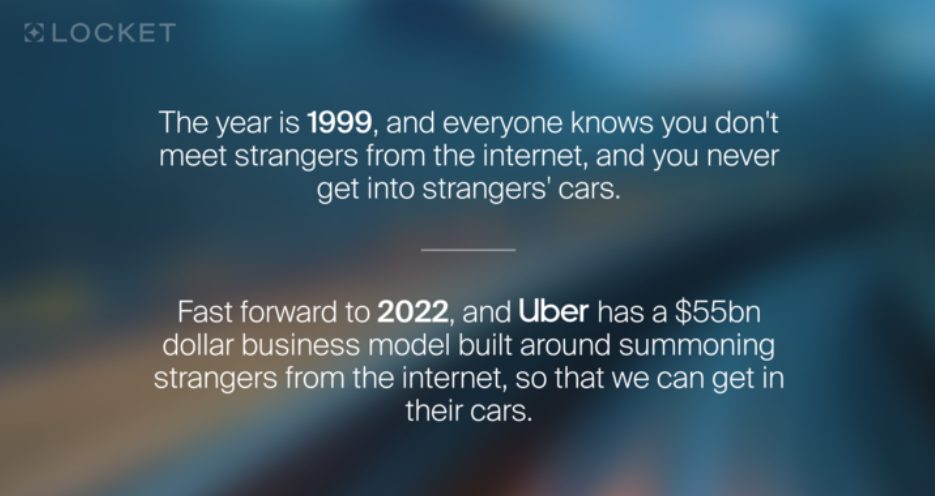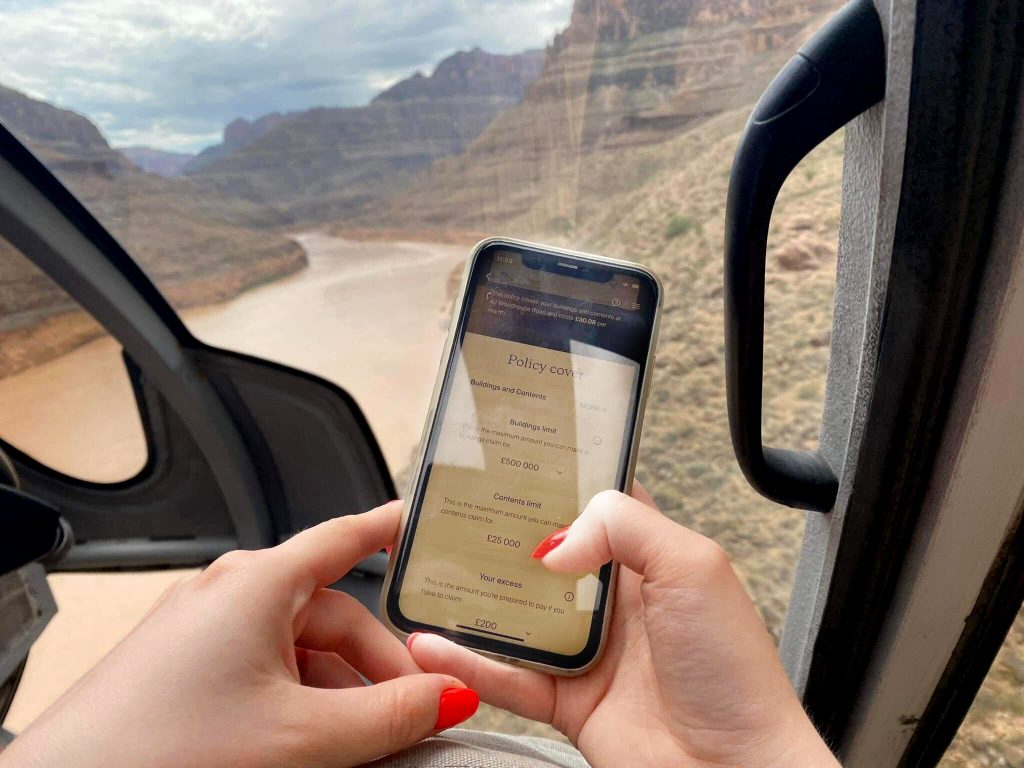The insurance innovation you didn’t know you needed – dynamic MTAs!
Modern life is characterised by slick, personalised experiences, delivered on demand and right to your fingertips. We live in an age where we can summon food, transport, luxury goods or even romantic partners to our doorstep with a couple of taps on an app.
Home insurance, unfortunately, is typically not one of those experiences.
Not yet, anyway.

Powering those seamless, modern experiences are technologies that most people can’t name – and often don’t even realise they’re using.
Ask a hundred people on the street what TCP/IP is, and we’d wager that no more than one or two could tell you. But it’s just as likely that every last one used TCP/IP to access the internet in the past 24 hours.
Even fewer could tell you their phone relies on something called time-division multiplexing, invented by Hollywood bombshell Hedy Lamar in her spare time to help fight the Nazis. No, seriously.
Perhaps in a few short years, dynamic MTAs will have earned their place on that illustrious list of “invisible technologies that make the world go round”. Or perhaps that’s a stretch… but wait until you hear what they can do.
Introducing dynamic MTAs
An insurance policy is a contract, and normally the terms of that contract remain the same for its year-long duration. But if your circumstances change before the contract expires you can, in theory, request that its terms be amended through a “mid-term adjustment” (MTA).
Historically, that’s a labour-intensive affair. You need to call or email your insurer and request the change; they need to process it, check whether they can still cover you, check whether it affects your price; quote you accordingly, get your approval and then re-issue all of your documentation to reflect the new status quo. Bearing in mind that 70% of insurance processes are still manual, insurers generally say to allow seven days. And according to Defaqto, only 29% of insurers allow you to request the change online, and two-thirds will charge you £20 or more for making any kind of change.
Enter dynamic MTAs.
MTAs at Locket are now automatic, and can happen in real time – without any manual oversight.
At face value, that means you can adjust your level of cover right from the Locket app and see it update instantly – no call centres, no seven-day wait, and no admin fees (ever). And because Locket policy wordings are dynamically generated and personal to you, your policy wording automagically updates to reflect the changes, too.
But where it starts to get really exciting is when we look at the future.
If we can change your level of cover instantly from an app, we could change it in response to other stimuli, too.
Say you rent your property out on Airbnb. We could use the same framework to automatically increase your level of cover whenever you have a booking, and reduce it again when your guests leave. That way you’ve always got optimum cover – but you only ever pay for what you need.
Or what about integrating with your banking app, so the next time you buy something expensive we automatically add it to your list of valuables and check you have enough cover for your new favourite thing?
Or what about using geofencing to activate your travel insurance when you show up at the airport?
Locket team member Wiktoria recently demonstrated the magic of dynamic MTAs by adjusting her home insurance cover from a helicopter, while flying over the Grand Canyon, on her honeymoon, about 5,000 miles away from home. That’s dedication.
Hopefully this little intro to dynamic MTAs has been enough to get you excited about their potential. But if not, don’t worry – you’ll soon be using them without even knowing it.


